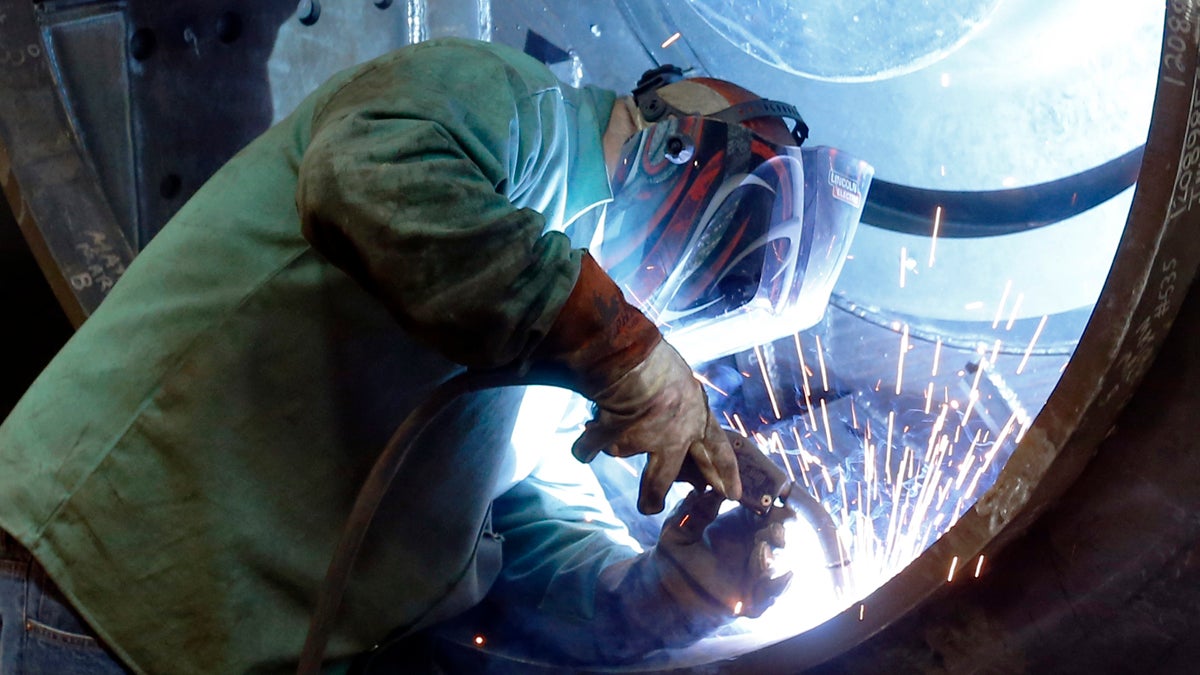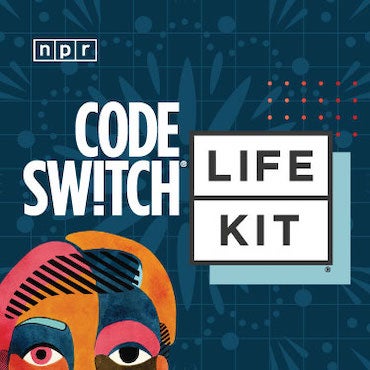Unemployment hits post-recession low, but challenges remain

A man welds parts in fans for industrial ventilation systems at the Robinson Fans Inc. plant in Harmony
Wages aren’t keeping up, and some are boxed out of receiving benefits.
Let’s start with the good news: on Friday, the state Department of Labor and Industry released the unemployment numbers for January 2016. Unemployment is at 4.6 percent in Pennsylvania, lower than the national average of 4.9 percent.
“This is the seventh decline in the past 12 months, and it’s Pennsylvania’s lowest unemployment rate since it was matched in Sept. of 2007,” said Sara Goulet, press secretary at the Pennsylvania Department of Labor and Industry. “That’s pre-recession, so these are strong numbers. That’s a good sign for the commonwealth.”
For comparison, unemployment was at 8.7 percent February through April 2010, the highest in the past decade.
The most recent numbers are particularly encouraging during the gas industry downturn that’s been slowing job growth in the Marcellus Shale region. The manufacturing sector added the most jobs since December, while the leisure/hospitality industry added the most jobs over the last year. ‘Eds and meds,’ the education and hospital sectors saw a decline in the number of jobs in January after months of increased hiring.
“We definitely see a great difference since the depths of the recession,” said John Dodds, the director of the Philadelphia Unemployment Project. “People are going back to work. But the problem we are finding is wages are still really depressed.”
Working poor
Fewer people are collecting unemployment benefits in Pennsylvania, but that 4.6 percent doesn’t tell the whole story. The state has seen a growing number of “working poor,” people with jobs who still struggle to make ends meet.
Compare poverty rates between 2007, the last time unemployment was this low, and 2014, the last year data was available. Poverty has risen from 11.6 percent to 13.6 percent statewide in that time. More telling, however, is the poverty rate among employed Pennsylvanians: 4.8 percent in 2007 has risen to 5.8 percent in 2014. That’s even higher than the poverty rate among workers in 2010, at the height of the recession.
“It’s one of the unusual things about this [recovery],” said Dodds. “With unemployment so low, you’d be expecting employers to have to bid up the price for workers to compete, but we’re not really seeing that as much. That’s been frustrating. Wages are not coming back the way they should in a traditional recovery.”
Wages have increased steadily in Pennsylvania, according to the Department of Labor, but so has inflation. Dodds says the bottom 70 percent of the workforce has had flat wages — pay increases that just keep pace with inflation — since 2000.
“Wages really fell for the bottom 70 percent during the recession, and since then, most of the increases have gone to the top 10 percent,” said Dodds. “I guess now we’re supposed to be happy about flat wages, but people aren’t doing any better.”
The last time the minimum wage was increased in Pennsylvania was 2007.
On Monday, Governor Tom Wolf signed an order that raises the minimum wage for some state government employees in Pennsylvania to $10.15 an hour, up from the state minimum of $7.25. Wolf has proposed raising the minimum wage to $10 an hour for everyone, but the legislature has refused to vote on it.
Unemployment eligibility
For those who are still struggling with unemployment, or have a job that is seasonal, Pennsylvania sometimes makes it difficult to collect benefits. A law called Unemployment Compensation Solvency, or Act 60, modified state unemployment regulations, excluding approximately 50,000 residents who previously collected benefits.
The law was passed in 2012 as a cost-cutting measure to help the commonwealth pay back $4 billion owed to the federal government. During the recession, the Corbett administration borrowed the money to pay unemployment compensation.
In an effort to save an estimated $276 million a year, unemployment benefits were terminated for workers who earn a majority of their income in one quarter of the year. In order to remain eligible, workers must earn at least 49.5 percent of their annual income outside of their highest earning quarter.
For example, a construction worker who earns most of their annual income during the summer would have to earn at least that much across the rest of the year in order to remain eligible for unemployment. That poses a problem for seasonal workers who rely on unemployment to fill in the gaps during slow times.
According to the Pittsburgh Post-Gazette, the law was intended to exclude workers who aren’t trying to work year-round, like lifeguards.
There have been efforts in Harrisburg to repeal parts of the rule to include seasonal workers who are trying to maintain year-round employment. None have so far been successful, but Goulet says it’s still a topic of conversation.
“There’s been talk in the legislature and [the Department of] Labor and Industry has been meeting with various caucuses,” said Goulet. “Our goal is to see as many people as possible be able to receive benefits again.”
WHYY is your source for fact-based, in-depth journalism and information. As a nonprofit organization, we rely on financial support from readers like you. Please give today.


